A new dawn for Asian markets?
James Thom, Investment Manager, abrdn New Dawn Investment Trust plc

- After a tough year, 2023 starts on a more optimistic note for many Asian markets
- China’s reopening may fuel regional growth, while the interest rate cycle may support stock markets
- There will still be fragility in the year ahead and a focus on quality companies with resilient earnings will be crucial
2022 was a challenging year for global markets – and Asia was no exception. While a handful of markets bucked the trend, the weakness of China was a major headwind for the region as a whole. However, at the start of 2023, there are promising signs of change: China is reopening, the interest rate cycle may be turning and companies are showing significant resilience.
Asia has had face down global and domestic problems over the past 12 months. In particular, Covid lockdowns, political tensions and problems in its property sector have seen China act as a drag on regional growth. Countries with commodities exposure, such as Australia and Indonesia have been rare exceptions to the general weakness, with India also a surprise source of resilience during a tough year.
2023 begins more optimistically. Whilst it’s certainly true that a recession in the West may dent demand for Asian exports and weigh on growth, there are nonetheless noteworthy signs of a shift in the economic cycle within Asia. Most important is the potential for a shift in the monetary policy cycle across the region. Asian central banks have followed the lead of the US Federal Reserve, but inflationary pressures have not been as acute, and rate expectations are now peaking. This should support Asian economies in the year ahead.
MoneyWeek
Subscribe to MoneyWeek today and get your first six magazine issues absolutely FREE

Sign up to Money Morning
Don't miss the latest investment and personal finances news, market analysis, plus money-saving tips with our free twice-daily newsletter
Don't miss the latest investment and personal finances news, market analysis, plus money-saving tips with our free twice-daily newsletter
Unlike many Western economies, there is still structural growth in Asia. Many mature economies have a growth problem that is likely to continue even as the interest rate cycle turns. Debt burdens built up during the pandemic may constrain economic activity in the near-term. In contrast, the long-term growth drivers for Asia are still intact – a growing middle class, rising consumer spending, low debt and innovation.
Finding the right opportunities
This stronger economic growth backdrop should support the Asian corporate sector. Companies across the region are undoubtedly seeing rising input costs and margins coming under pressure, though this eased in the final quarter of 2022. abrdn New Dawn Investment Trust has been focused on finding those companies with strong and leading market positions, giving them power in pricing and procurement. This has helped protect the trust against earnings downgrades. These have stepped up as economic growth has weakened
Markets have re-priced over the year, with valuations far lower than at the start of 2022. Valuations are now at a level likely to appeal to trade buyers and this may be a catalyst for merger and acquisition activity. Companies have sufficient cash to fund acquisitions if they find the right opportunities. India is the notable exception, where valuations are high after a resilient year for the country’s stock markets.
The China situation
China’s revival will be important in the year ahead. abrdn New Dawn has been underweight China but has made selective investments there more recently and is overweight Hong Kong. There has been a high profile shift in the government’s handling of Covid, with the country opening up travel and reducing quarantine requirements. There has also been some improvement in the country’s fragile property sector.
China is still home to a range of innovative companies and is an important driver for economic growth in the wider region. We have reinvested in online food delivery business, Meituan Dianping, which has resolved its regulatory concerns. We also hold AIA Group in Hong Kong, which should be a beneficiary of China’s reopening, while also benefiting from the interest rate cycle.
The wider portfolio
The financial sector should be a key beneficiary of the reopening in China and elsewhere, with demand for credit growth increasing and higher interest rates allowing for improved margins. The trust holds a number of banks in India, playing on the domestic growth theme, but also in smaller Asian markets where financial inclusion is increasing.
The abrdn Indian Equity Fund remains the largest single holding in abrdn New Dawn. India is dependent on imported oil, and oil prices have dipped in recent months, inflation remains benign and Indian companies continue to deliver strong earnings. The economy is also supported by a cyclical recovery in infrastructure, increased government spending and credit growth.
Regional giants, such as TSMC and Samsung had a tough year in 2022, but a recovery in the memory sector is likely in the year ahead as supply chains unlock and demand revives. Valuations also look more attractive. The trust retains exposure to the sector, albeit at a lower level than at the start of 2022.
2022 was a tough year. 2023 should be a better year, but with global recession risk looming, it won’t be plain sailing. However, Asia is in a better place to the rest of the world and a focus on quality companies should bring resilience.
Companies selected for illustrative purposes only to demonstrate the investment management style described herein and not as an investment recommendation or indication of future performance.
Important information
Risk factors you should consider prior to investing:
- The value of investments, and the income from them, can go down as well as up and investors may get back less than the amount invested.
- Past performance is not a guide to future results.
- Investment in the Company may not be appropriate for investors who plan to withdraw their money within 5 years.
- The Company may borrow to finance further investment (gearing). The use of gearing is likely to lead to volatility in the Net Asset Value (NAV) meaning that any movement in the value of the company’s assets will result in a magnified movement in the NAV.
- The Company may accumulate investment positions which represent more than normal trading volumes which may make it difficult to realise investments and may lead to volatility in the market price of the Company’s shares.
- The Company may charge expenses to capital which may erode the capital value of the investment.
- Movements in exchange rates will impact on both the level of income received and the capital value of your investment.
- There is no guarantee that the market price of the Company’s shares will fully reflect their underlying Net Asset Value.
- As with all stock exchange investments the value of the Company’s shares purchased will immediately fall by the difference between the buying and selling prices, the bid-offer spread. If trading volumes fall, the bid-offer spread can widen.
- The Company invests in emerging markets which tend to be more volatile than mature markets and the value of your investment could move sharply up or down.
- Yields are estimated figures and may fluctuate, there are no guarantees that future dividends will match or exceed historic dividends and certain investors may be subject to further tax on dividends.
Other important information:
Issued by abrdn Fund Managers Limited, registered in England and Wales (740118) at 280 Bishopsgate, London EC2M 4AG. abrdn Investments Limited, registered in Scotland (No. 108419), 10 Queen’s Terrace, Aberdeen AB10 1XL. Both companies are authorised and regulated by the Financial Conduct Authority in the UK.
Find out more by registering for updates. You can also follow us on social media: Twitter and LinkedIn.
Get the latest financial news, insights and expert analysis from our award-winning MoneyWeek team, to help you understand what really matters when it comes to your finances.
MoneyWeek is written by a team of experienced and award-winning journalists, plus expert columnists. As well as daily digital news and features, MoneyWeek also publishes a weekly magazine, covering investing and personal finance. From share tips, pensions, gold to practical investment tips - we provide a round-up to help you make money and keep it.
-
 The shape of yields to come
The shape of yields to comeCentral banks are likely to buy up short-term bonds to keep debt costs down for governments
-
 The sad decline of investment clubs – and what comes next
The sad decline of investment clubs – and what comes nextOpinion Financial regulation and rising costs are killing off investment clubs that once used to be an enjoyable hobby, says David Prosser
-
 As China reopens, why pick an income strategy?
As China reopens, why pick an income strategy?Advertisement Feature Yoojeong Oh, Investment Manager, abrdn Asian Income Fund Limited
-
 The end of cheap money hits the markets
The end of cheap money hits the marketsNews Markets have swooned as central banks raise interest rates, leaving the era of cheap money behind.
-
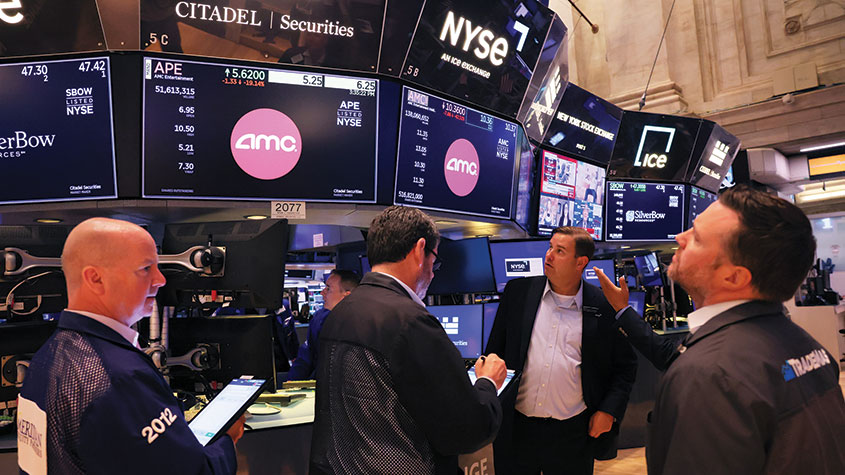 Are stocks back in a bull market or is this just a bear market rally?
Are stocks back in a bull market or is this just a bear market rally?News The S&P 500 index gained 17% between its June lows and 16 August, while the Nasdaq Composite rose more than 20%. So are stocks back in a bull market or is this just a brief rally before they resume their slide?
-
 Enjoy the bear market rally while it lasts
Enjoy the bear market rally while it lastsNews Investors seem to think that a weaker US economy will cool inflation and see the Fed relent on interest rate rises. But that optimism may be misplaced, with July’s stockmarket gains looking very much like a bear-market rally.
-
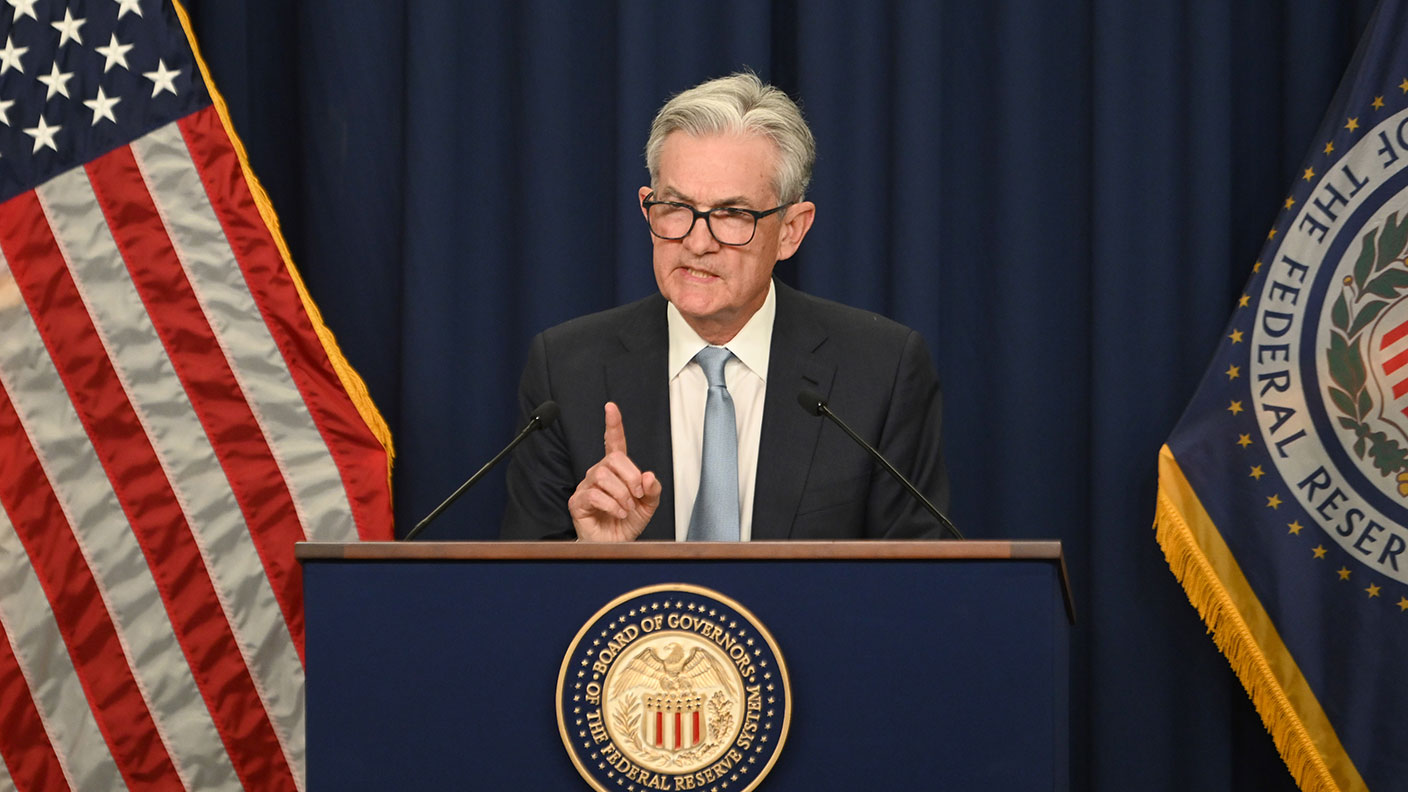 The Fed really is fighting inflation – so don’t expect an early end to the bear market
The Fed really is fighting inflation – so don’t expect an early end to the bear marketAnalysis In an attempt to contain raging inflation, the Federal Reserve has raised US interest rates by 0.75 percentage points. And it’s going to keep on raising them till something breaks, says John Stepek.
-
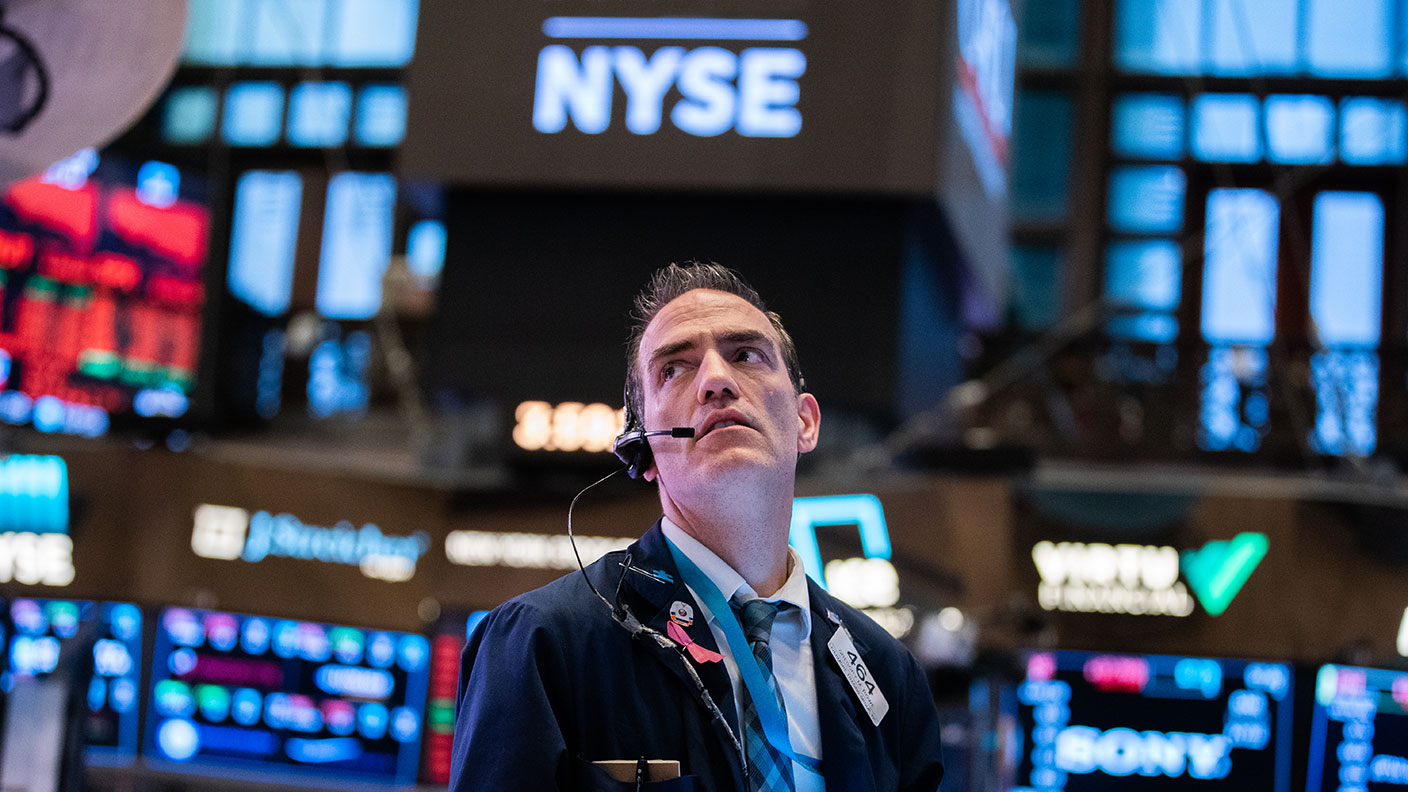 The Federal Reserve wants markets to fall – here’s what that means for investors
The Federal Reserve wants markets to fall – here’s what that means for investorsAnalysis The Federal Reserve’s primary mandate is to keep inflation down, and lower asset prices help with that. So, asks Dominic Frisby – just how low will stockmarkets fall?
-
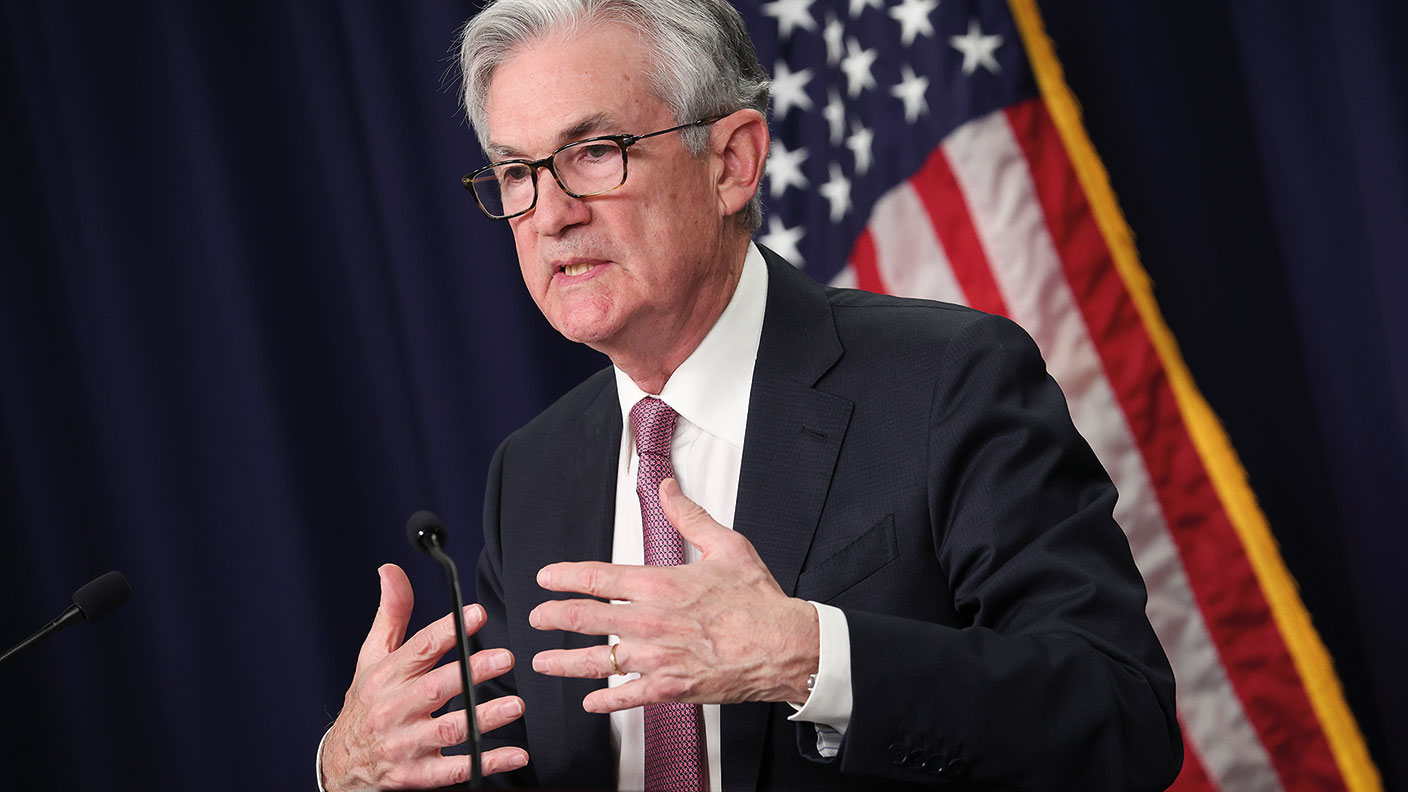 Interest-rate rises mean more pain for stocks
Interest-rate rises mean more pain for stocksNews Interest rates are rising around the world as central banks try to get inflation under control. That’s hitting stockmarkets – and there is more pain to come.
-
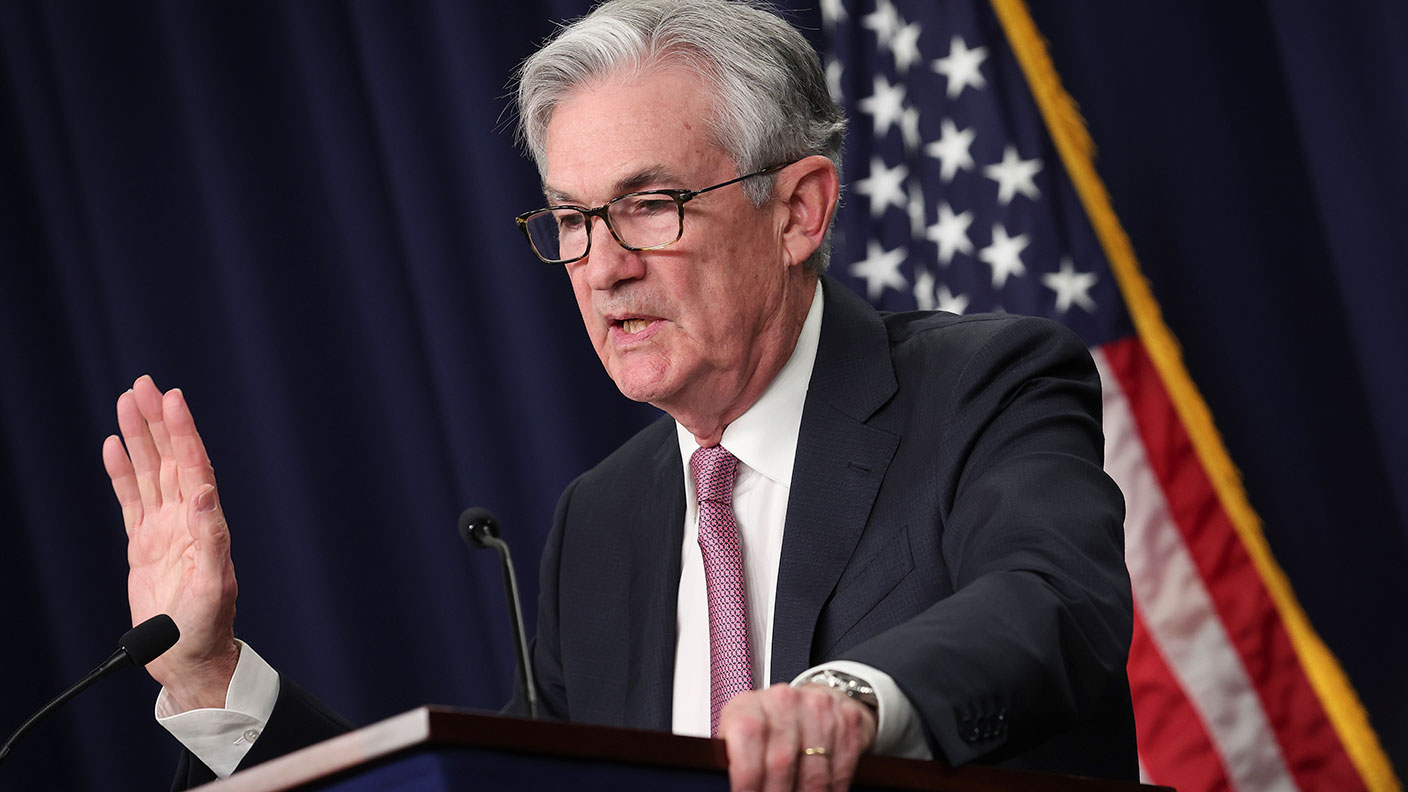 Here’s why markets welcomed America’s big interest rate rise
Here’s why markets welcomed America’s big interest rate riseAnalysis The US Federal Reserve raised interest rates by half a percentage point – the biggest hike in 20 years. So why did markets rise? John Stepek explains what's going on, and what it might mean for you.

